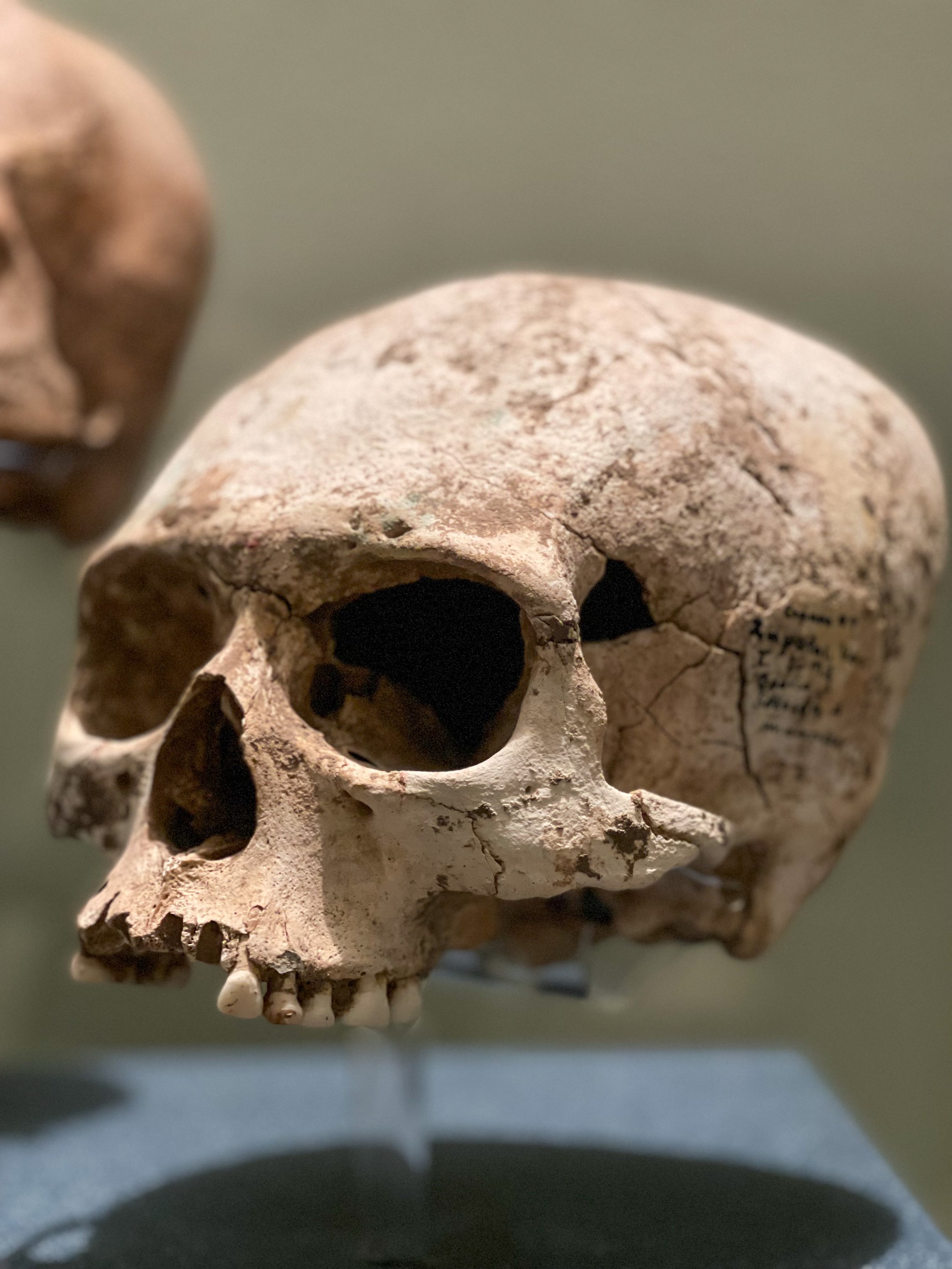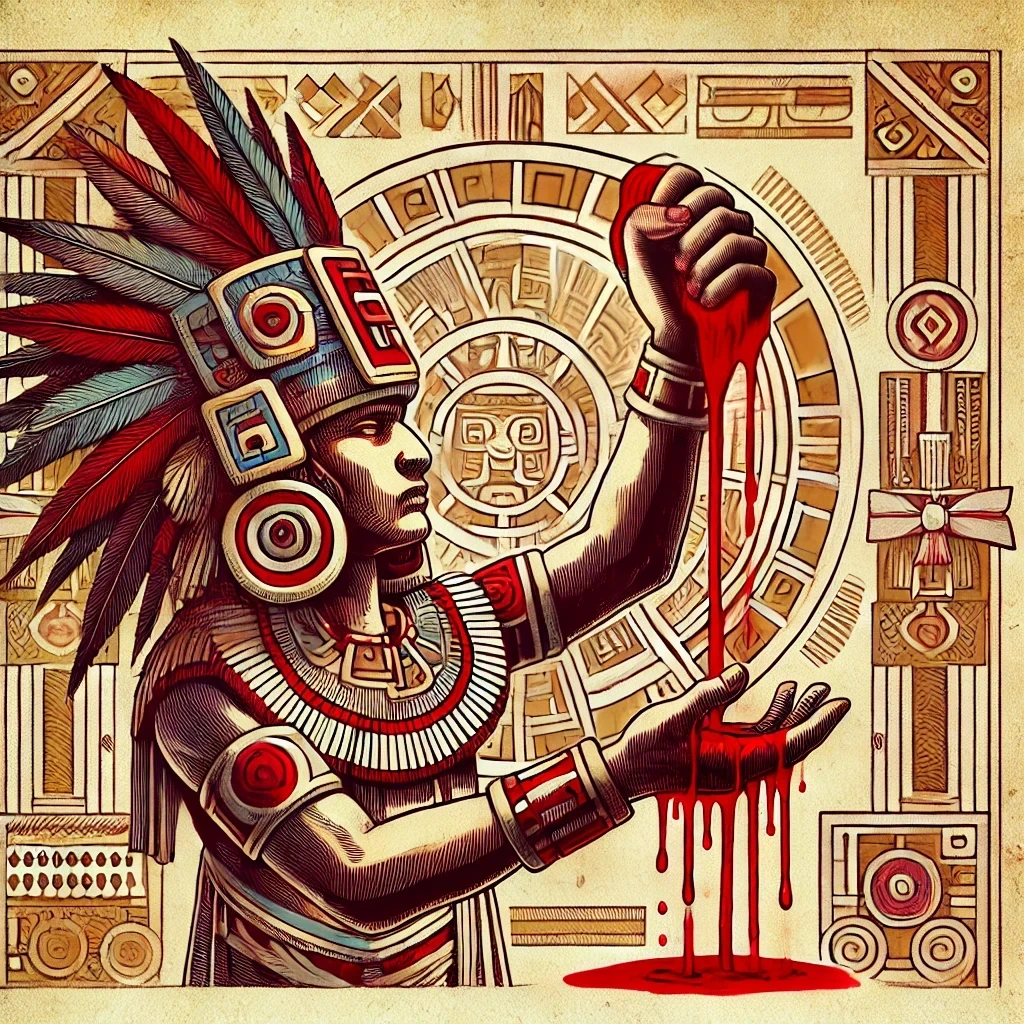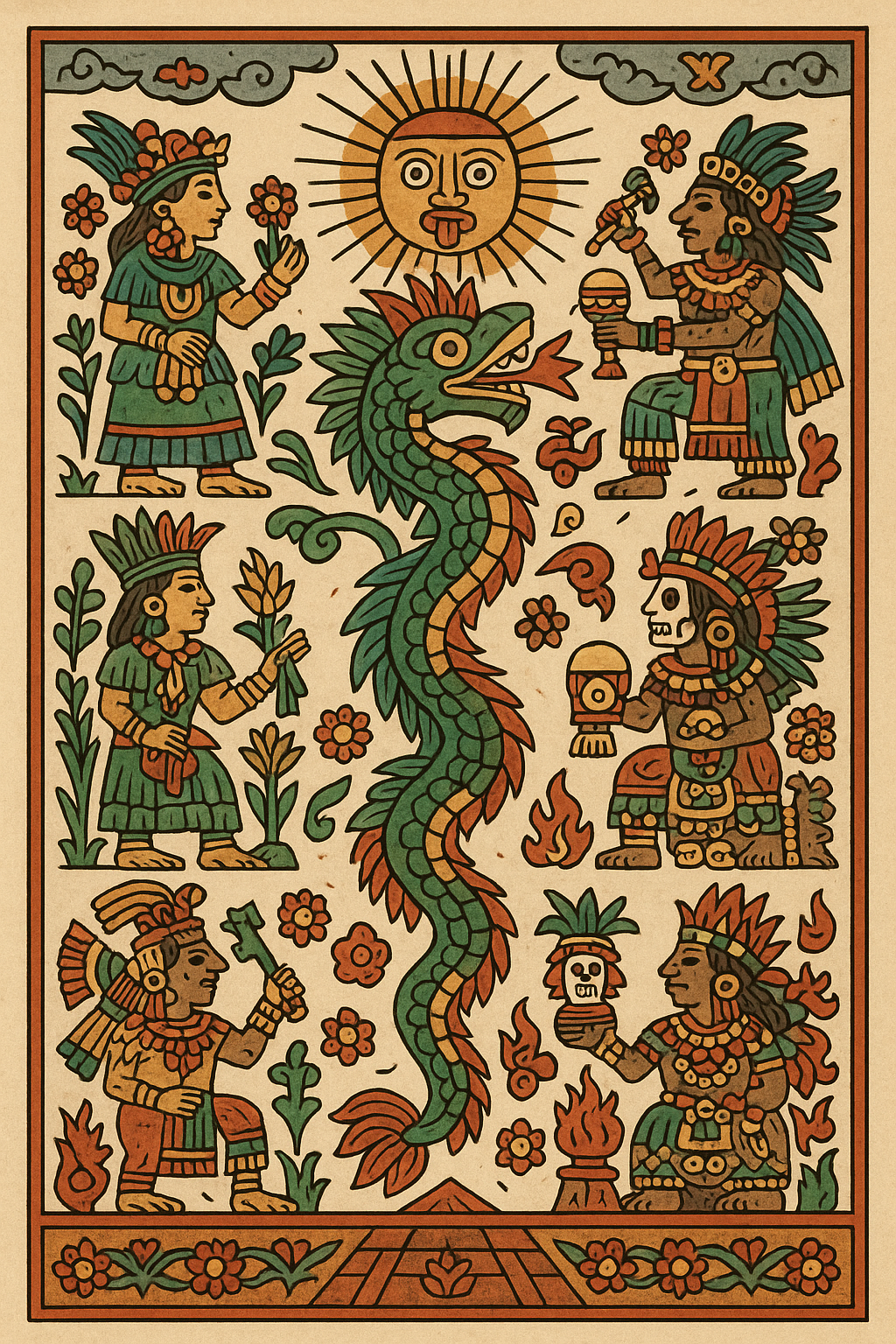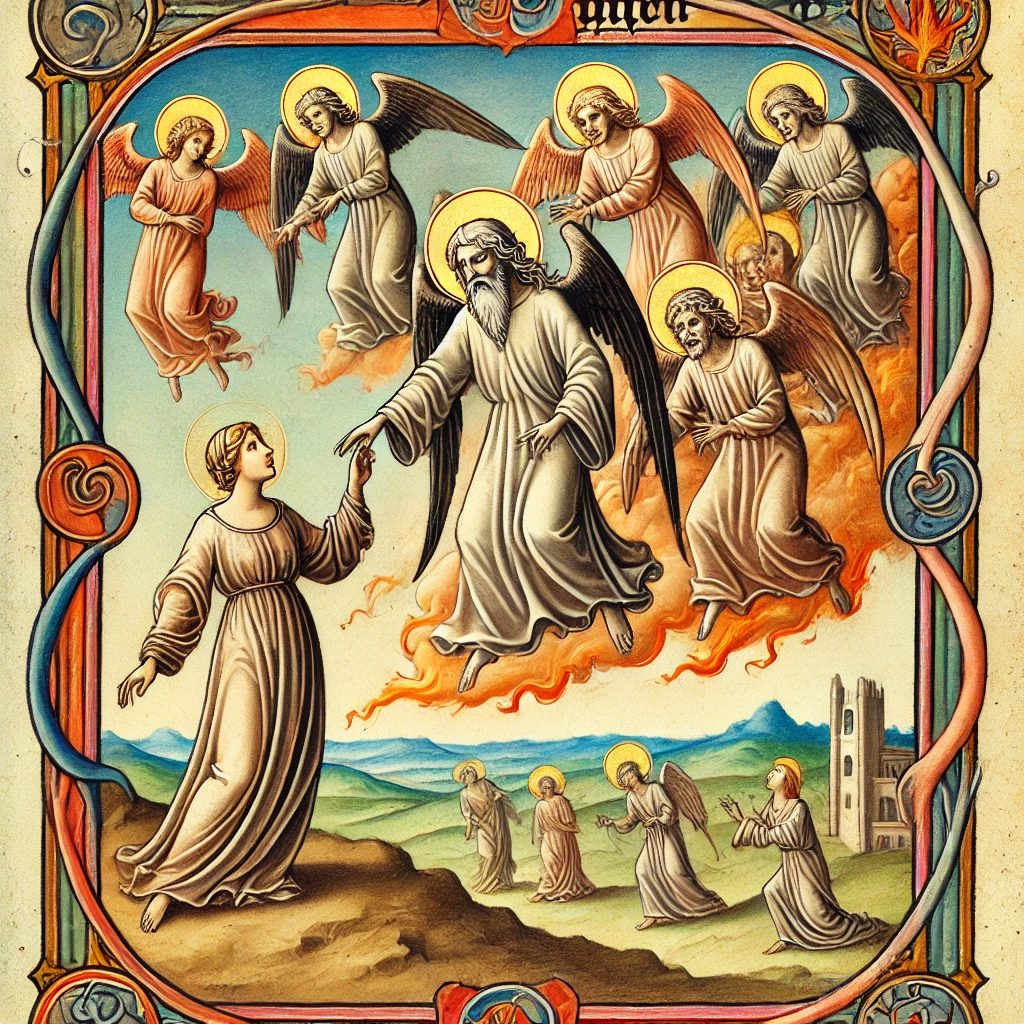The post-death rituals of the pre-Hispanic peoples of Mexico involved human sacrifices, dog sacrifices — lots of sacrifices.
The pre-Hispanic people of Mexico often left a token in a corpse’s mouth to help the spirit on its journey through the underworld.
Our current death rituals are typically one of two extremes: We either pump a corpse full of chemicals in an effort to preserve it — or we burn it to a crisp.
The pre-Hispanic peoples of Mexico went to their own extremes when it came to the cult of death, often involving sacrifice of some sort.
Known as the Lady of the Dead, Mictecacihuatl was the Aztec goddess of death, who ruled the underworld.
Here are some interesting facts about their death rites, which we learned while exploring the amazing Museo Nacional de Anthropología in Mexico City — currently my favorite museum in the world.
A xoloitzcuintli Mexican hairless dog was sacrificed when someone died in the belief that it would serve as a spirit guide.
The death rites of pre-Hispanic peoples involved an elaborate spiritual journey that began with the killing of a dog.
When someone died in pre-Hispanic Mexico, a 40-day death ritual kicked off with the sacrifice of a xoloitzcuintli dog. The corpse was dressed in fine clothes, if their family could afford it. Otherwise, simple mats would do. A jade bead (or blue-painted pebble) was placed in the body’s mouth.
The person’s soul began a journey through the darkness of the nine planes beneath the earth. The skin was shed and dangers faced, including savage beasts that could only be appeased by being given the bead or pebble, which represented the person’s heart.
As the spirit traversed this sinister landscape, family members would help them on their way by abstaining from sex and certain foods.
Eventually, the soul reached the Chignahuapan, the river at the border of the ninth plane. Waiting patiently, and probably wagging its tail, was the little doggie, who would lead the way across the water, into Mictlan, the dark and cold place of no return.
A reconstruction of the Pyramid of the Feathered Serpent at the Museo Nacional de Anthropología in Mexico City. The original was the site of mass human sacrifices.
Excavations at a major temple in Teotihuacán revealed human sacrifices.
In Teotihuacán, within the confines of its religious and political centerpiece, the Pyramid of the Feathered Serpent (Pirámide de la Serpiente Enplumada), evidence of mass human sacrifice has been unearthed. Built from 150 to 200 BCE, the temple houses the remains of numerous sacrificial victims dressed as warriors. The symmetrical pattern of the bodies reveals that they were connected to the culture’s cosmology and calendar.
This disc from the Temple of the Sun in Teotihuacán represents the death of the sun.
It was an honor to be sacrificed to the god of war and darkness.
Tezcatlipoca (“the Obsidian Mirror”) helped create the universe and, as the Mexica god of war and darkness, held dominion over those activities that often took place at night, including theft and adultery. Not surprisingly, the color black was associated with him. Tezcatlipoca was also the god of masculinity and procreation.
Every year, an unmarried man under the age of 20 was chosen to represent him as a living god. He was dressed up like the deity and lived large — until, that is, the fifth month of the year, when he was sacrificed.
Coatilcue, the goddess of the earth, had a head made of two serpents and liked to wear a necklace of severed human hands and hearts.
People were shot to death with arrows in a fertility rite.
Ancient peoples did many unusual things to ensure the fertility of their crops, and the residents of Mexico were no different. Tlazolteotl, the Aztec goddess of purification, lust and vice, liked people to be shot full of arrows in the fields. The sacrificial person’s blood fell to the earth to ensure fertilization and to thank the goddess for her bounty. –Wally












































